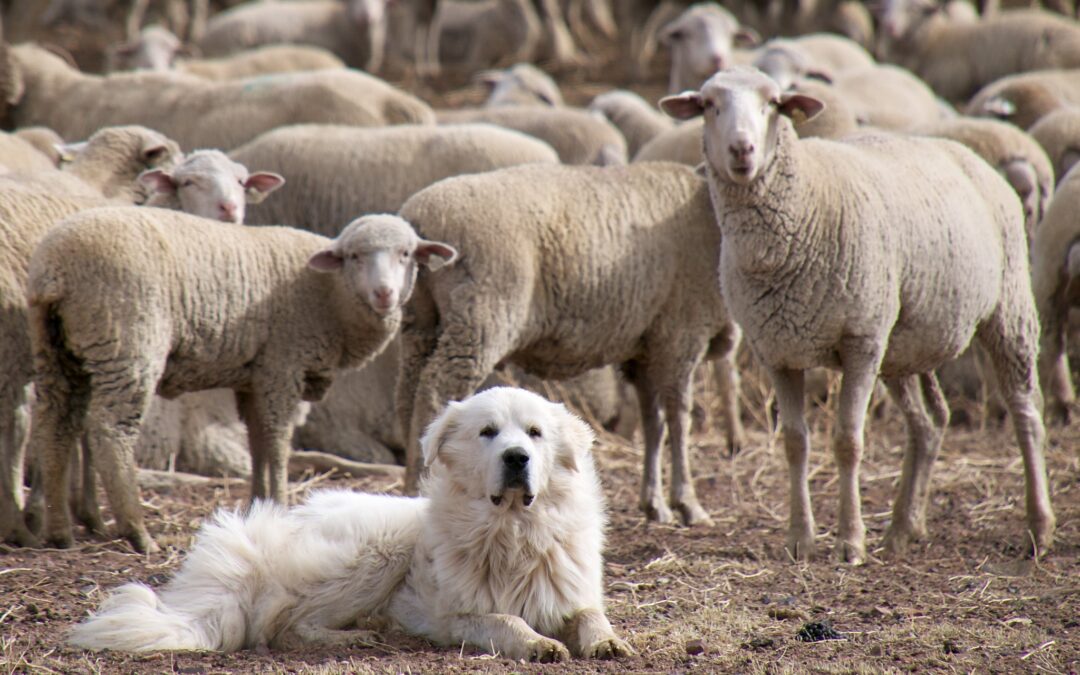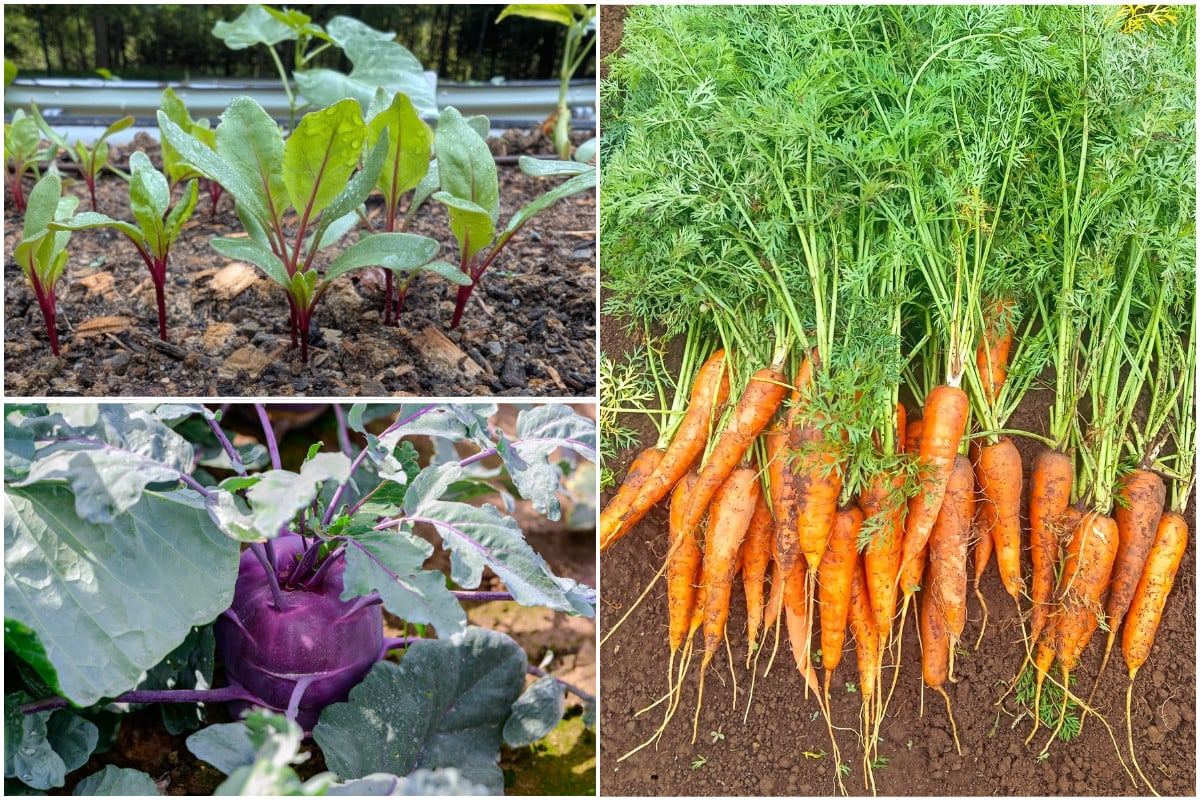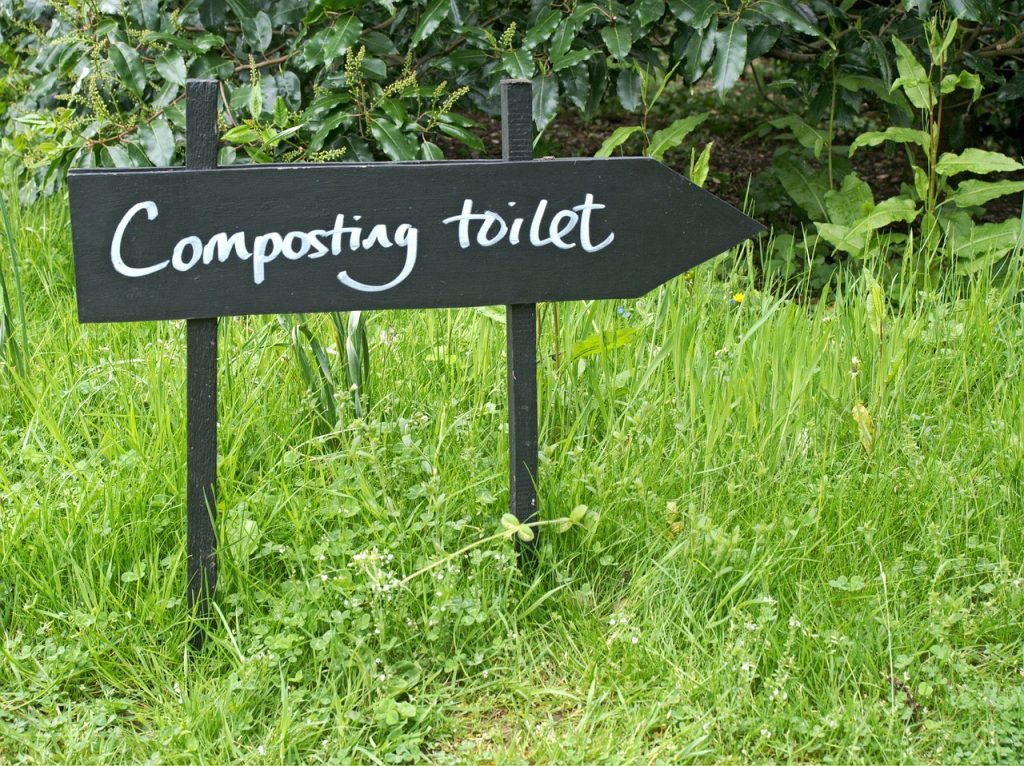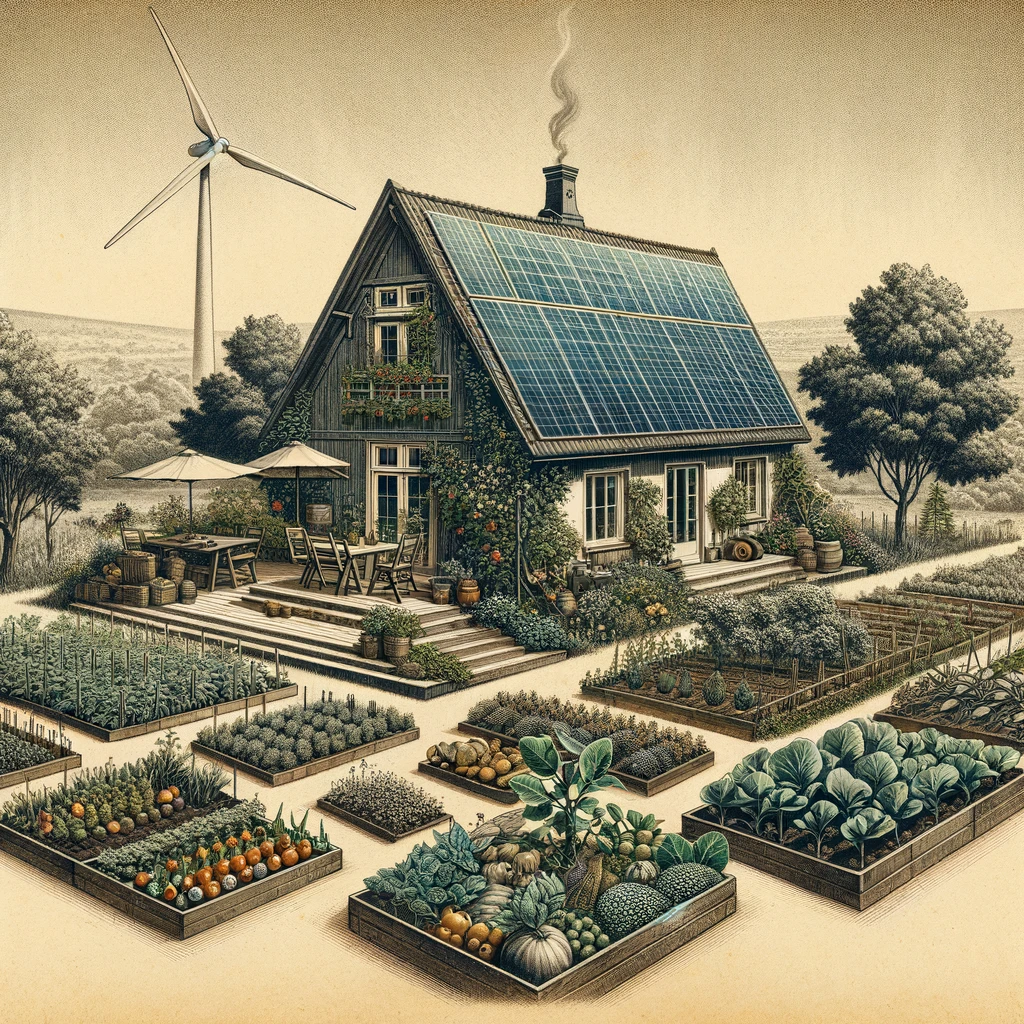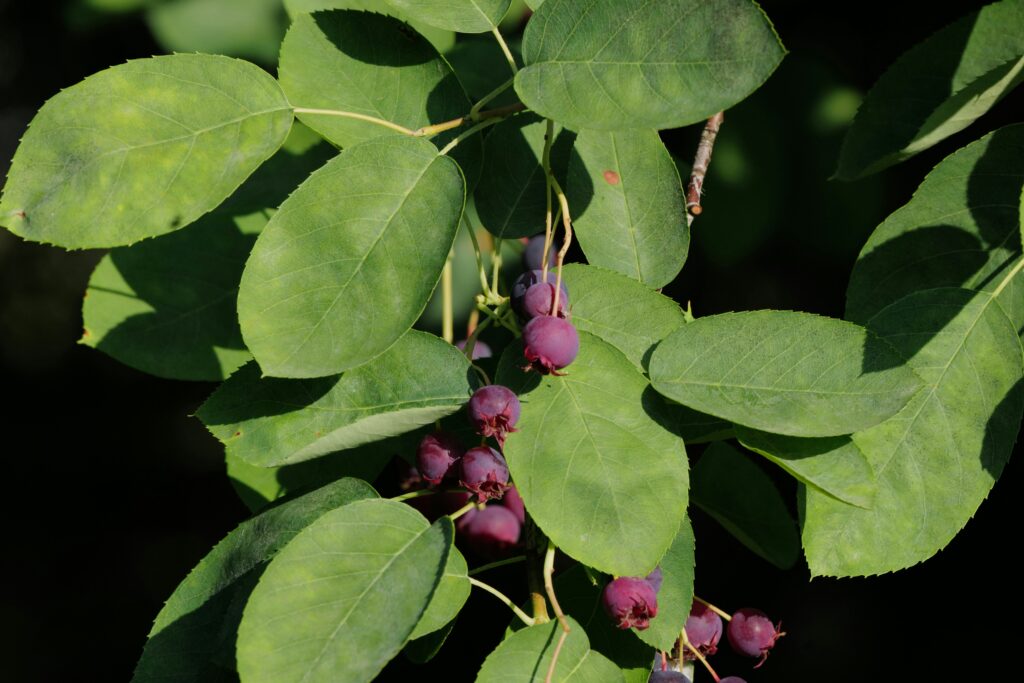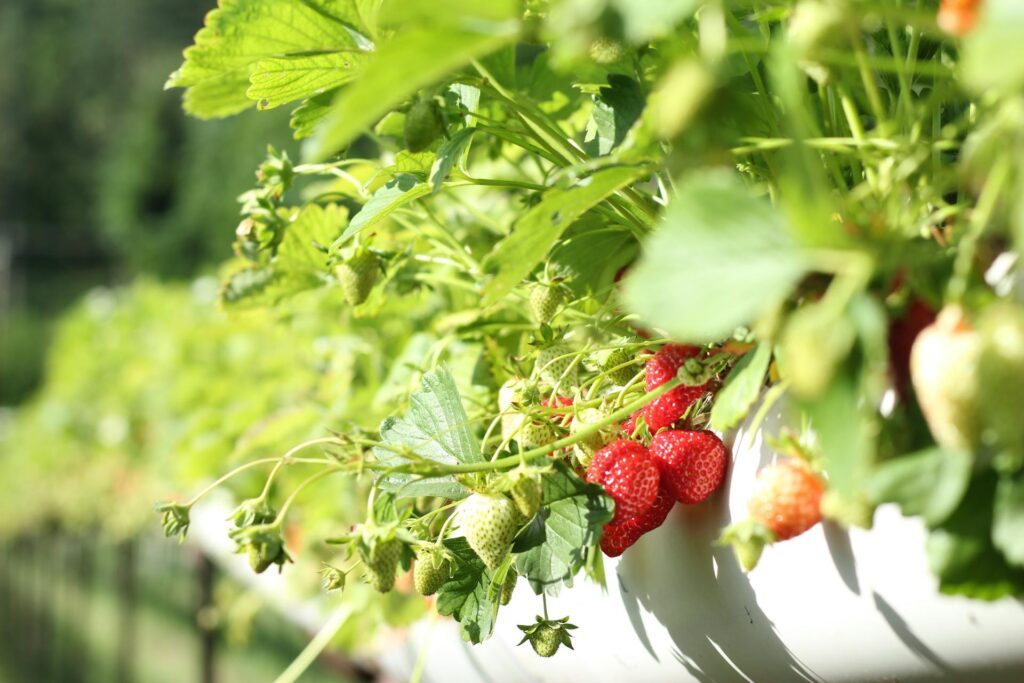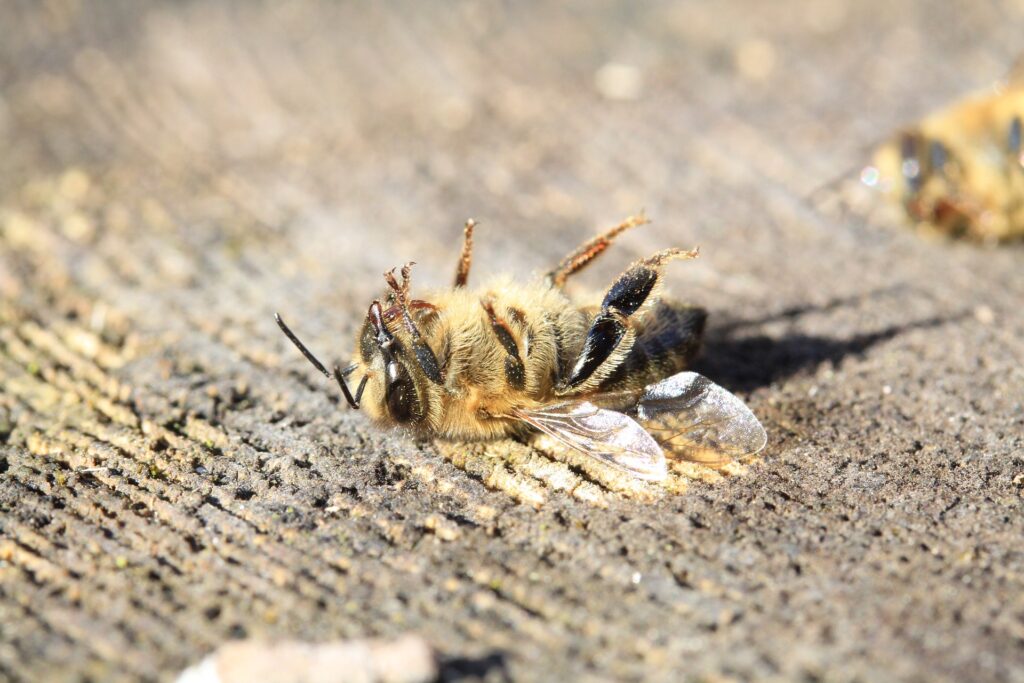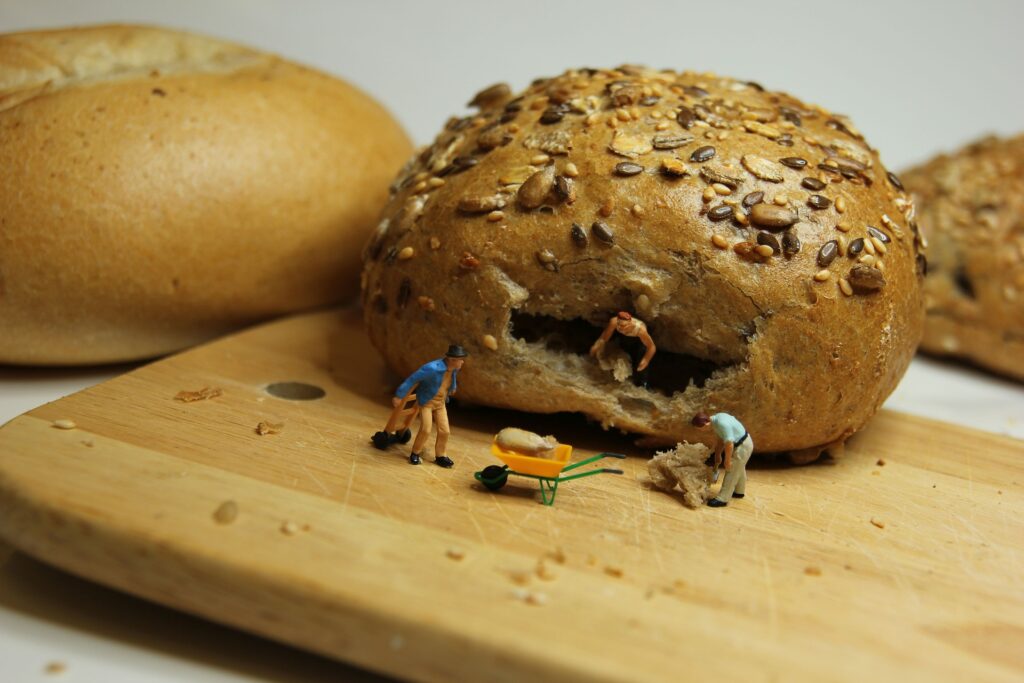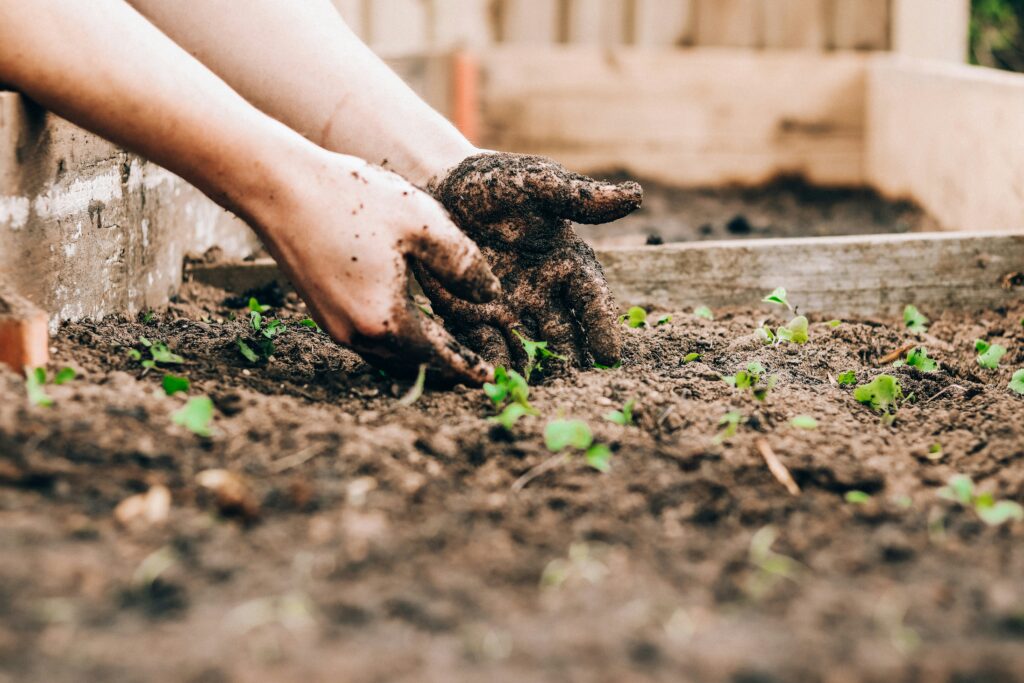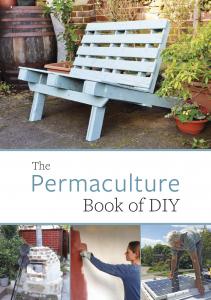Here’s How to Make Free Liquid Fertilizer for Life
Share Post Pinterest reddit Email As someone who is constantly juggling various personal, professional, and homestead tasks, there’s one permaculture principle that’s proven to be incredibly important in my day-to-day life. It’s the principle of ‘the least effort for the most effect.’ Essentially it’s this idea that you want to work in a way where you get great results for a minimum investment of your resources (time, labor, money). I mean, who wouldn’t love that? Now, the problem with this is figuring out how exactly to do things in this ‘least effort for the most effect’ way. So today, I want to showcase the principle in action on my farm and give you at least one idea of what you could do, and as a byproduct, you’ll get an endless supply of free liquid fertilizer. In one of my earlier videos, I showed you my small permaculture nursery setup where…
Read MoreHow to save money on plants – my simple plant propagation setup
Share Post Pinterest reddit Email From all the inputs you’ll need to establish your food forest, there is one that could break the bank more than any other. I’m talking about the sheer amount of plants you’ll need in order to grow your perennial permaculture paradise. The $$ numbers can be brutal when you do some math on the plants required. Let’s say you need to plant a few lemon balm patches as part of the guilds around your apple trees. You want to add some aromatic plants to confuse the pests. For each patch like that, you’ll need, let’s say, six lemon balm (trans)plants. I’m not sure how much a lemon balm plant costs in your neck of the woods, but let’s say it’s $5. That comes to $30 for one patch. And you need at least ten like this for your ten apple trees – $300. It turns…
Read MoreHow to design a food forest or permaculture orchard (also: 3 spots open for DFY Food Forest Design service)
Share Post Pinterest reddit Email Here are the 5 steps you should go through when you design a food forest, so that you can grow 3-5X more food, with less maintenance, compared to conventional methods. By the way, if you’d like to hire me to do the entire design, I charge USD 3,000 for it and have 3 spots open. Apply by filling this application if you’re interested, and I’ll send over the next steps. (Note: If you’re a student of my Farm Design Course, do let me know! We’ll deduct what you paid for the course from the $3,000 service fee. Now let’s dive into the design process… STEP 1: What is the primary goal of your food forest? The most common goals are: Grow food for the family Regenerate the land Generate income Yes, a food forest will do all three. But you should lock in one PRIMARY…
Read MoreHere’s Your Plant Propagation Calendar (Free Download)
Share Post Pinterest reddit Email If you’ve seen my post about my simple plant propagation setup, you might have noticed that I have comfrey growing there. The thing is, I can’t get enough of this plant, no matter how much I produce it. I use it as a dynamic accumulator in my food forest guilds, as fertilizer for my garden, to accelerate my composting process, as biomass for mulching, and to attract beneficial insects. It’s a versatile plant with many uses, including medicinal ones. Luckily, propagating comfrey is pretty simple. You dig the plant’s root, cut it into individual pieces, and plant it. After some time, each root piece becomes a plant on its own. It’s that easy. However, it’s time-sensitive, meaning you can’t do that at any time of the year. I had to learn this the hard way. Before I had my nursery set up, I would go…
Read MoreVegetables You Can Still Plant in September (No Matter Where You Live)

By the time September rolls around, there are two types of vegetable gardeners. There are the ones that say, “Garden? What garden? That was summer. This is fall. I’m going to pick apples and buy mums, leave me alone.” And then there are those of us, frantically sorting through our seed packets, trying to figure out if we’ve got enough time for one more hyper-fast harvest. Alright, fellow seed packet sorters, the answer is yes. No matter where you live in the States, you’ve still got time in September for another round of these speedy vegetables. The secret? Quick growers, cool-weather champs, and harvesting small. (Think fancy, artisanal baby vegetables. Because let’s face it, baby beets are more fun than big lunkers anyway.) Let’s take a look at what you can plant in September, no matter what hardiness zone you’re in. Leafy Greens for Quick Wins Soup and salad from…
Read MorePop! 13 Garden Plants with Exploding Seeds

I got the idea for this article just as I get most of my inspiration: working in the garden, noticing something, and thinking to myself, “I wonder if anyone else would find this interesting?” It’s the end of August, and I’m out collecting seeds. I get to the sweet peas (Lathyrus odoratus), I reach out to pick some dry pods, and as soon as I touch one, it curls open and flings all the seeds at my face with a pop! I should have brought goggles. This, dear readers, is called explosive dehiscence, and it’s one of the coolest things you’ll see in the plant world. The pressure builds up in the seed pods, and once they reach full maturity, they split along the lines of weakness. Because of the pressure, the pod doesn’t just release the seeds inside, but it also disperses them, sometimes as far as twenty feet away. Naturally,…
Read More